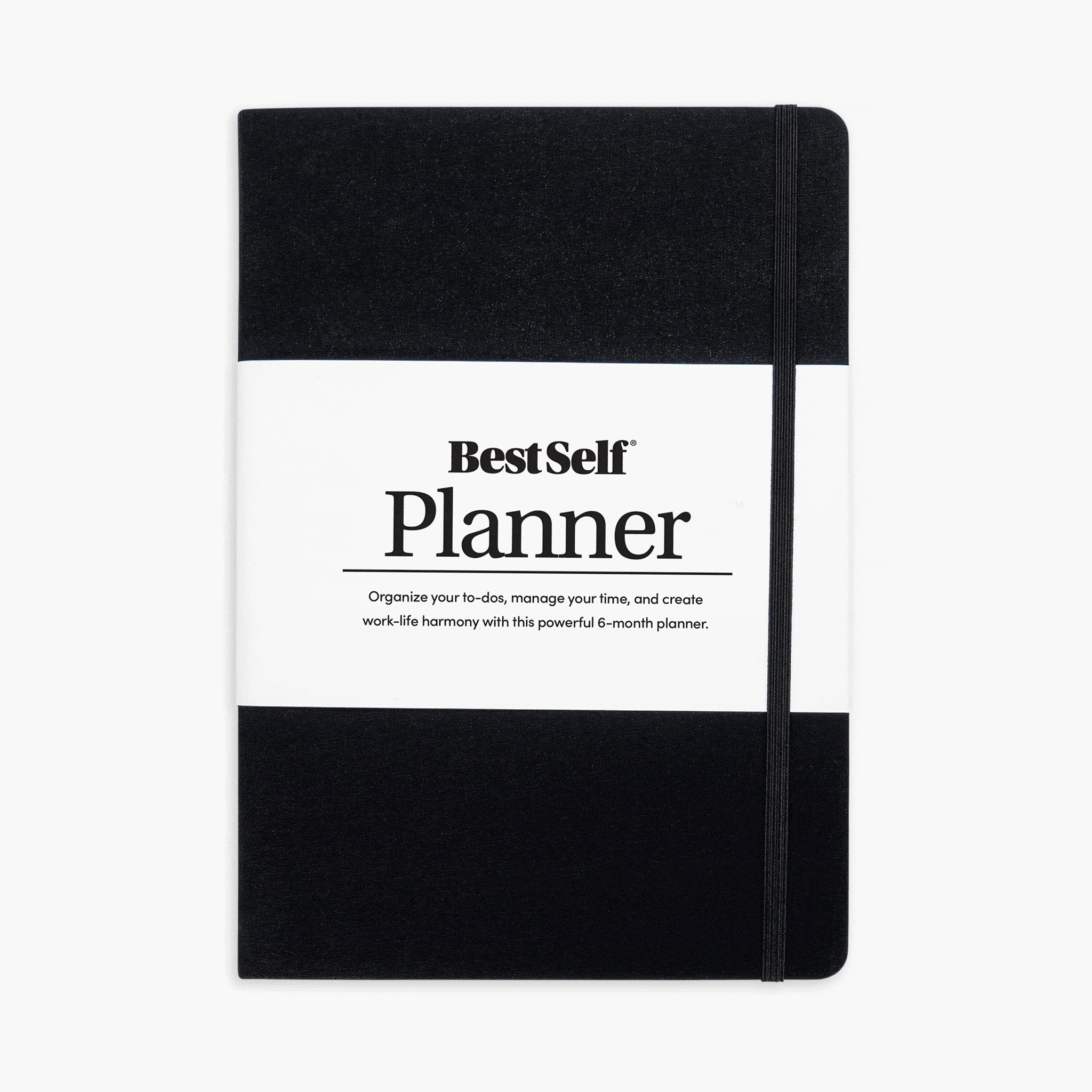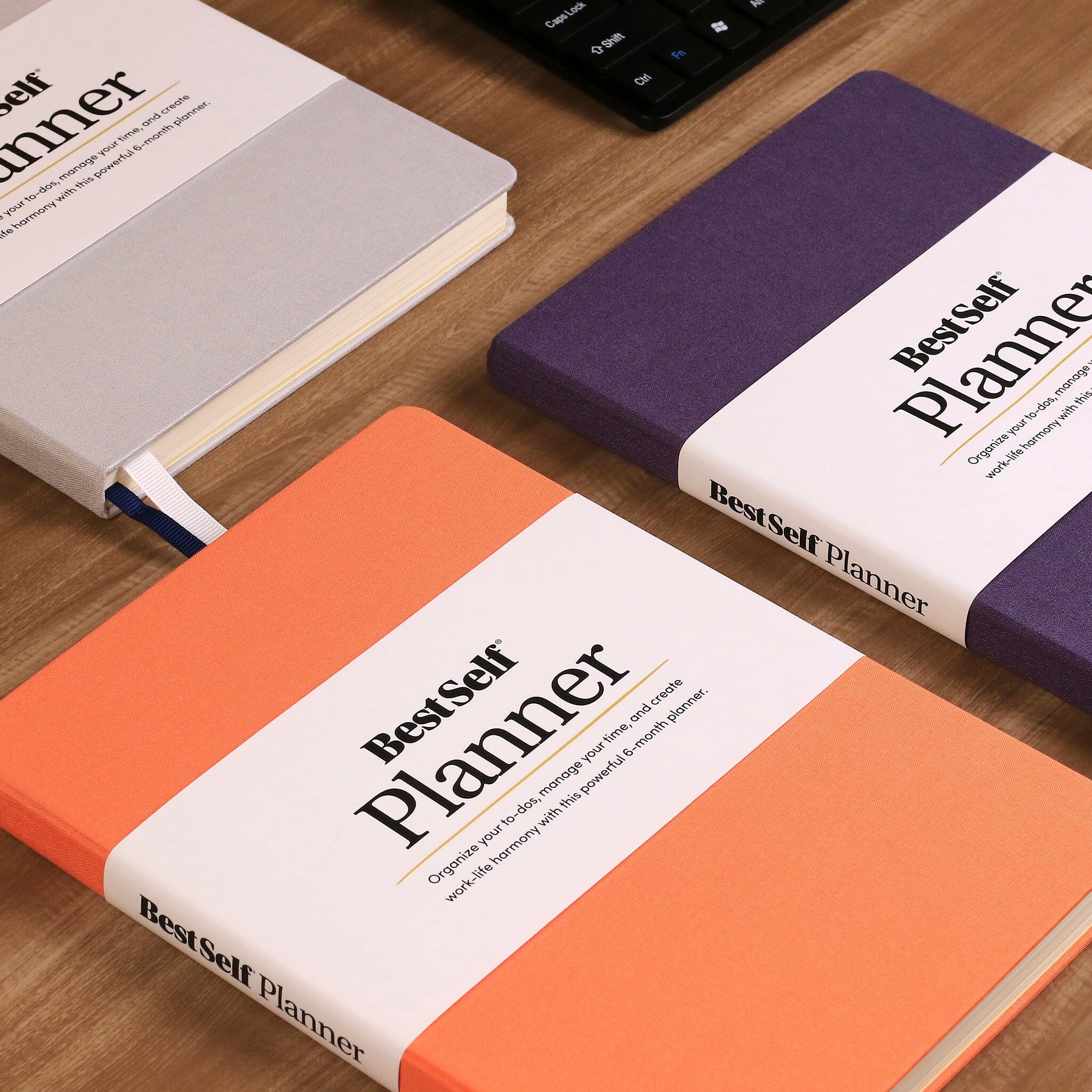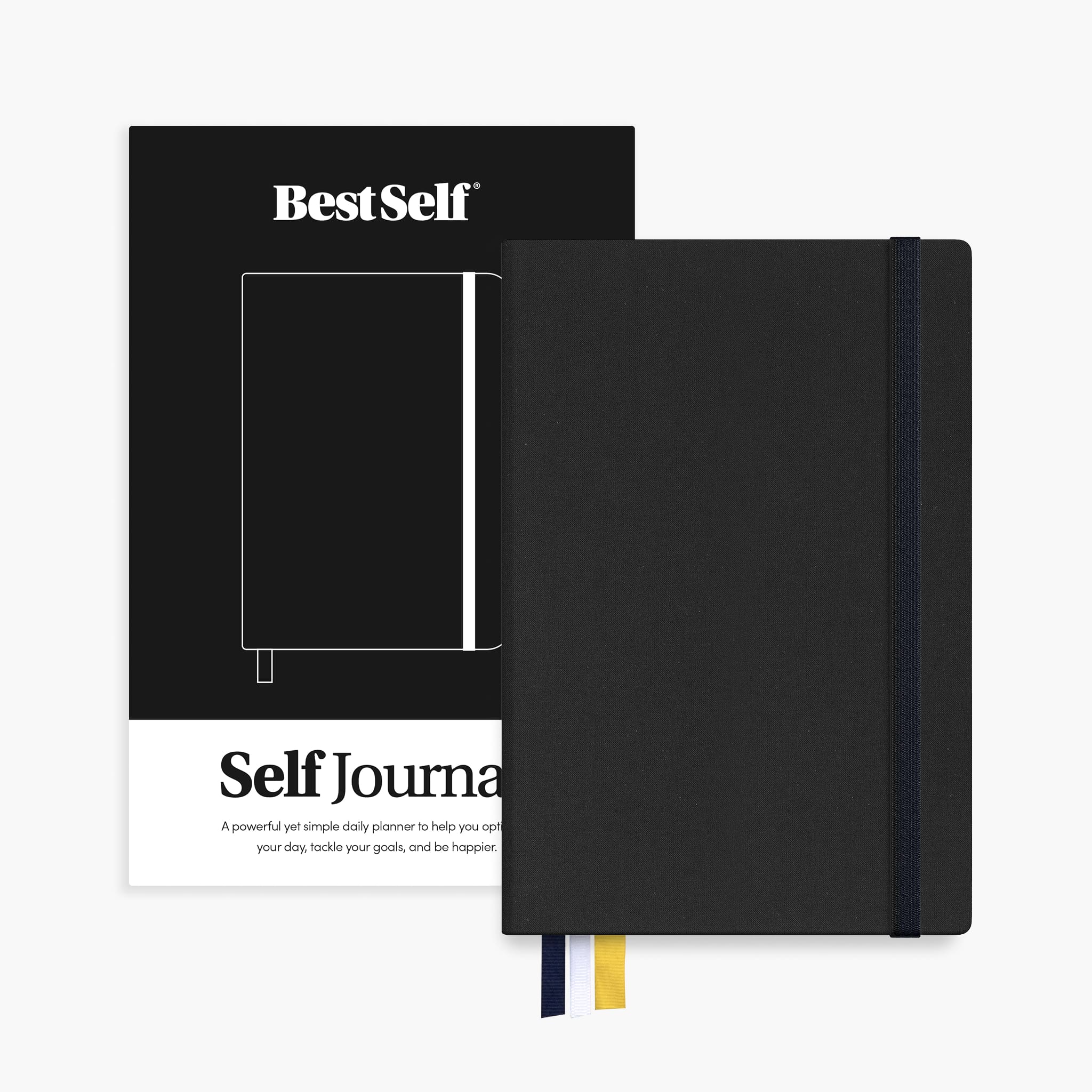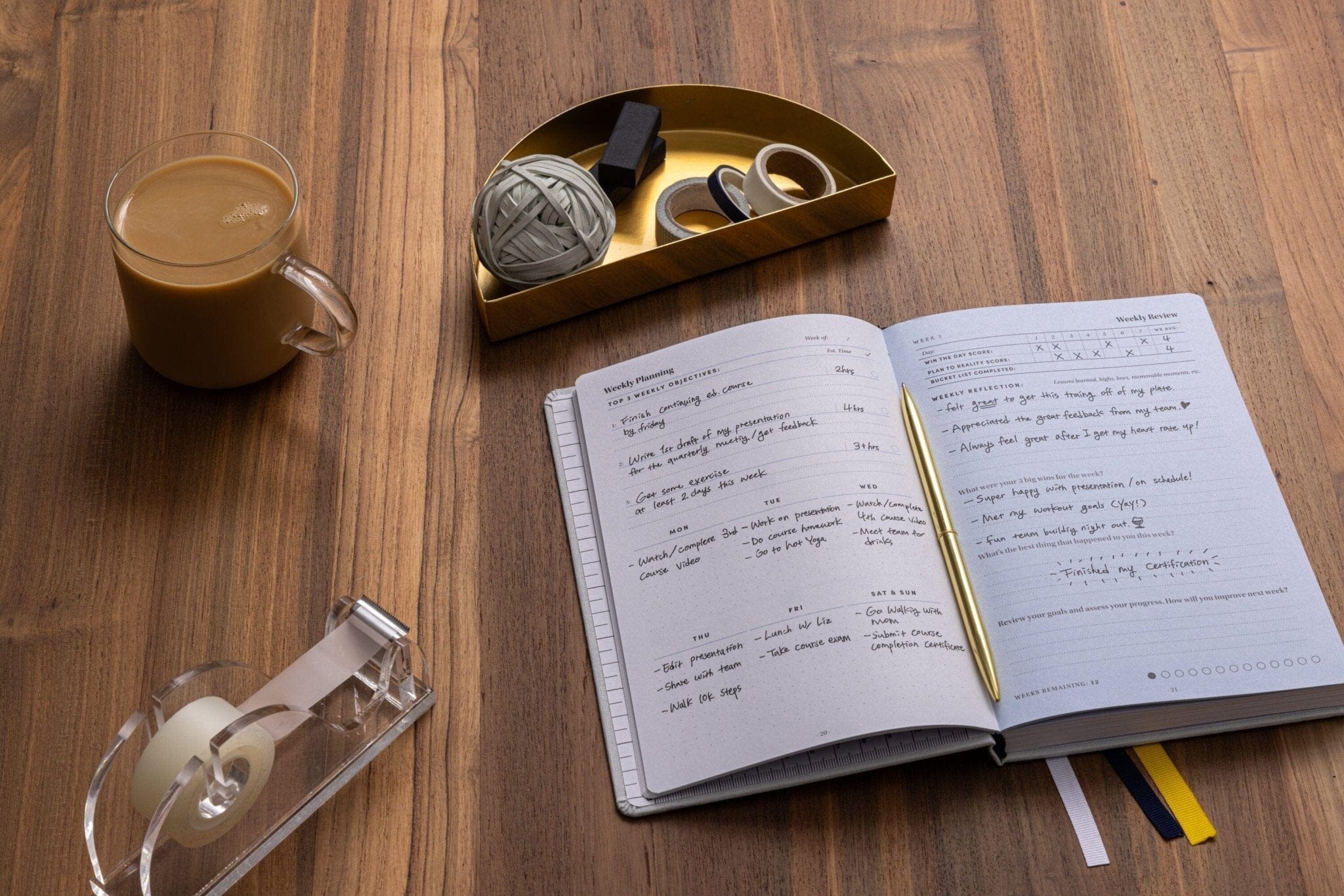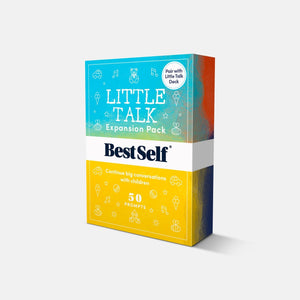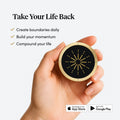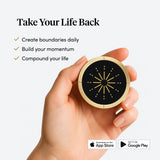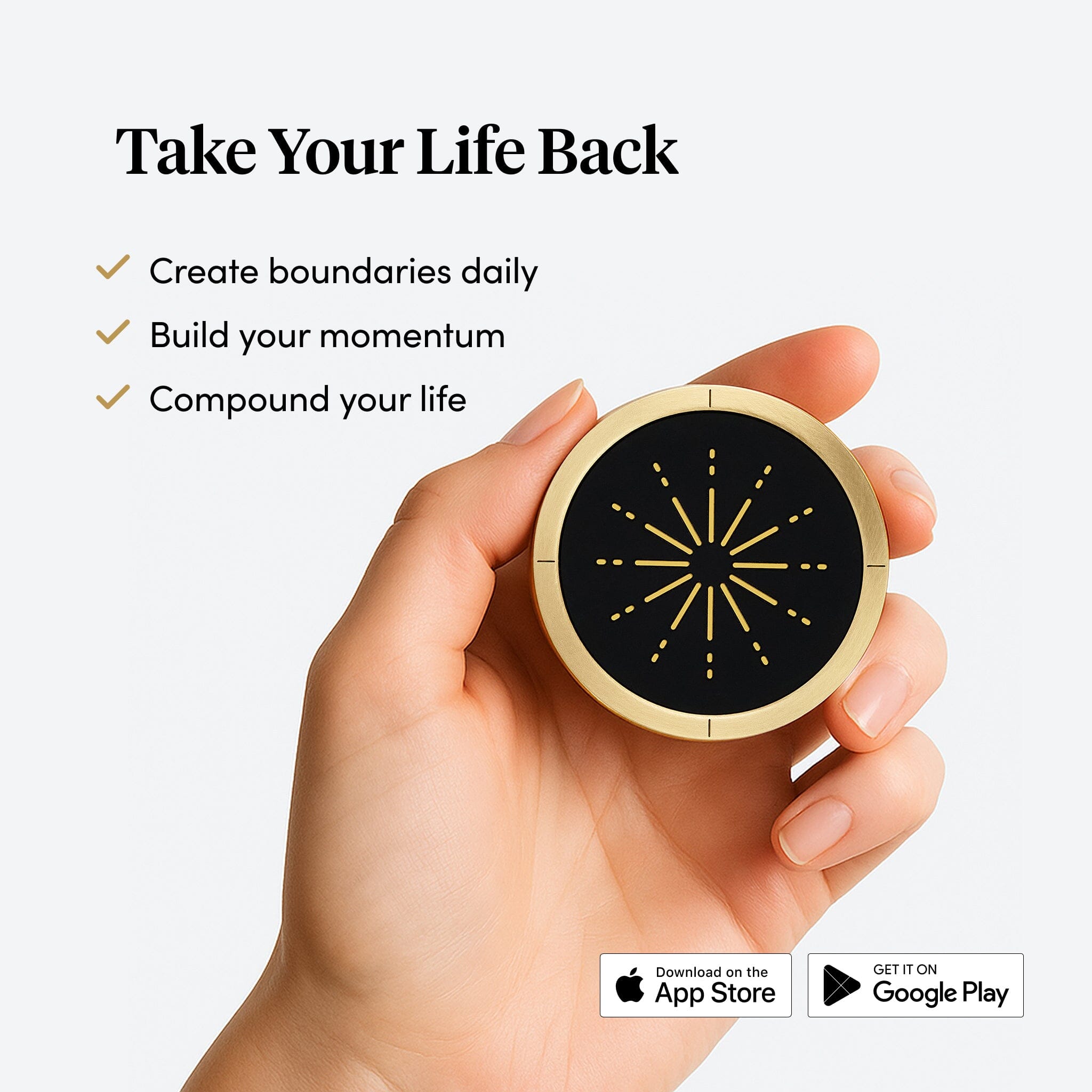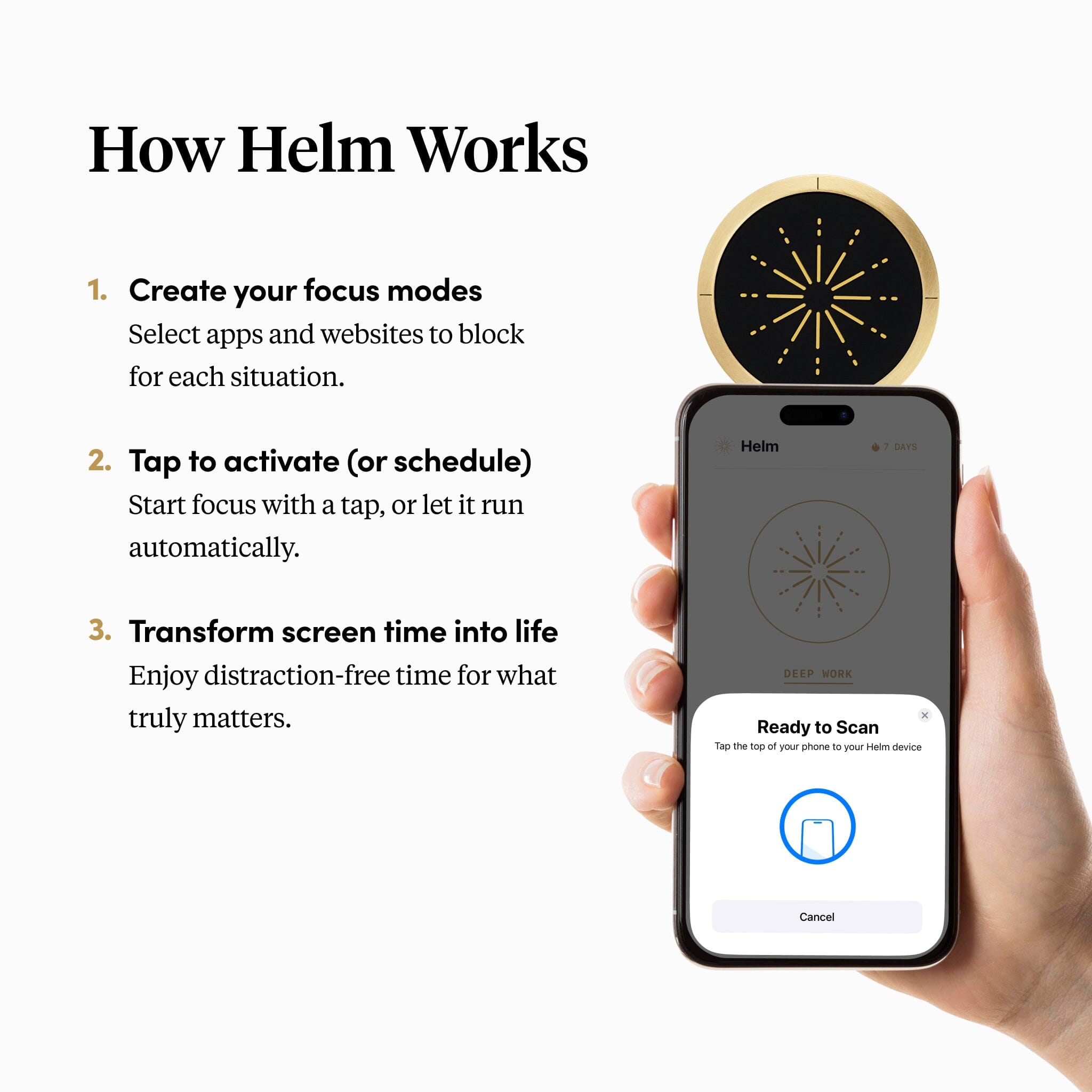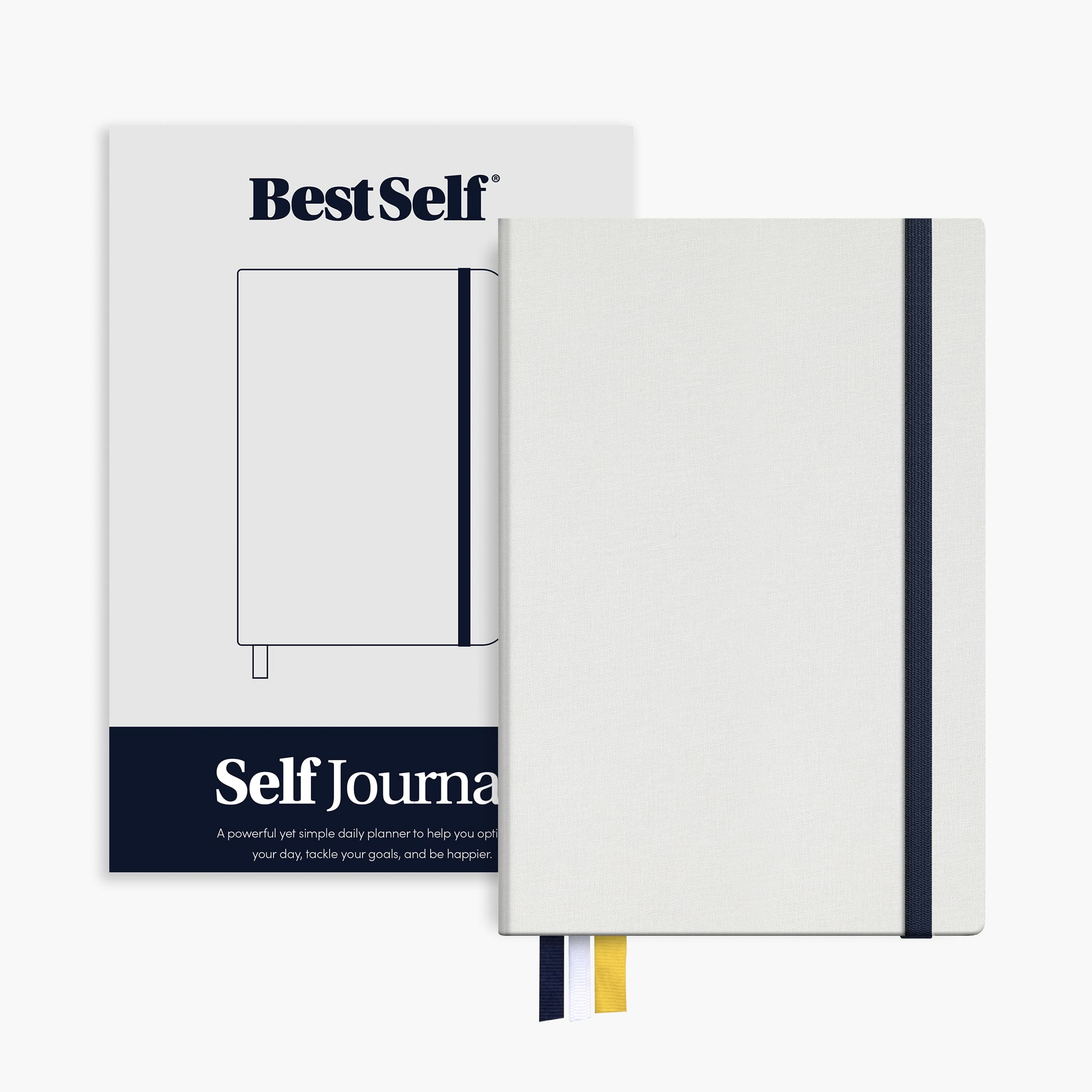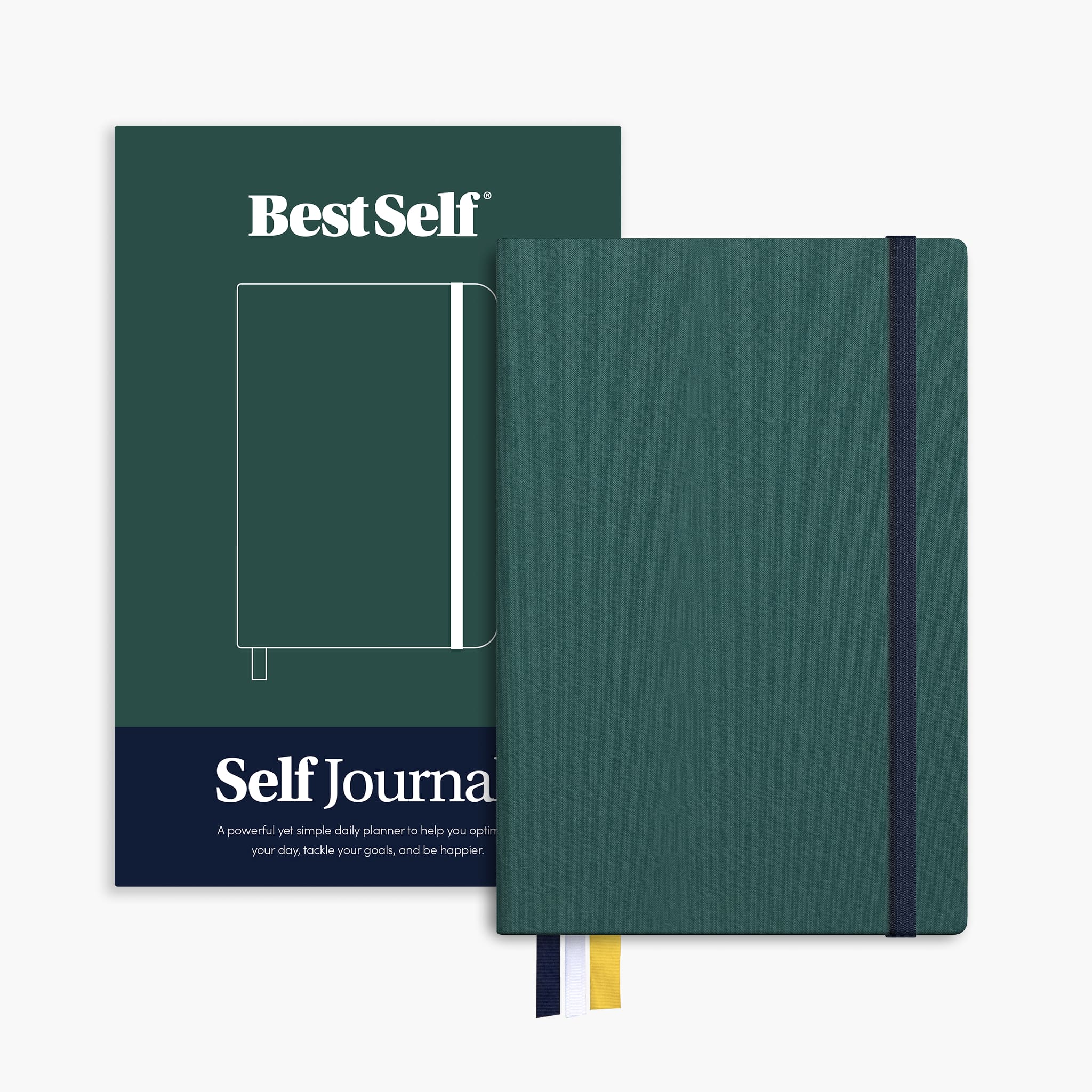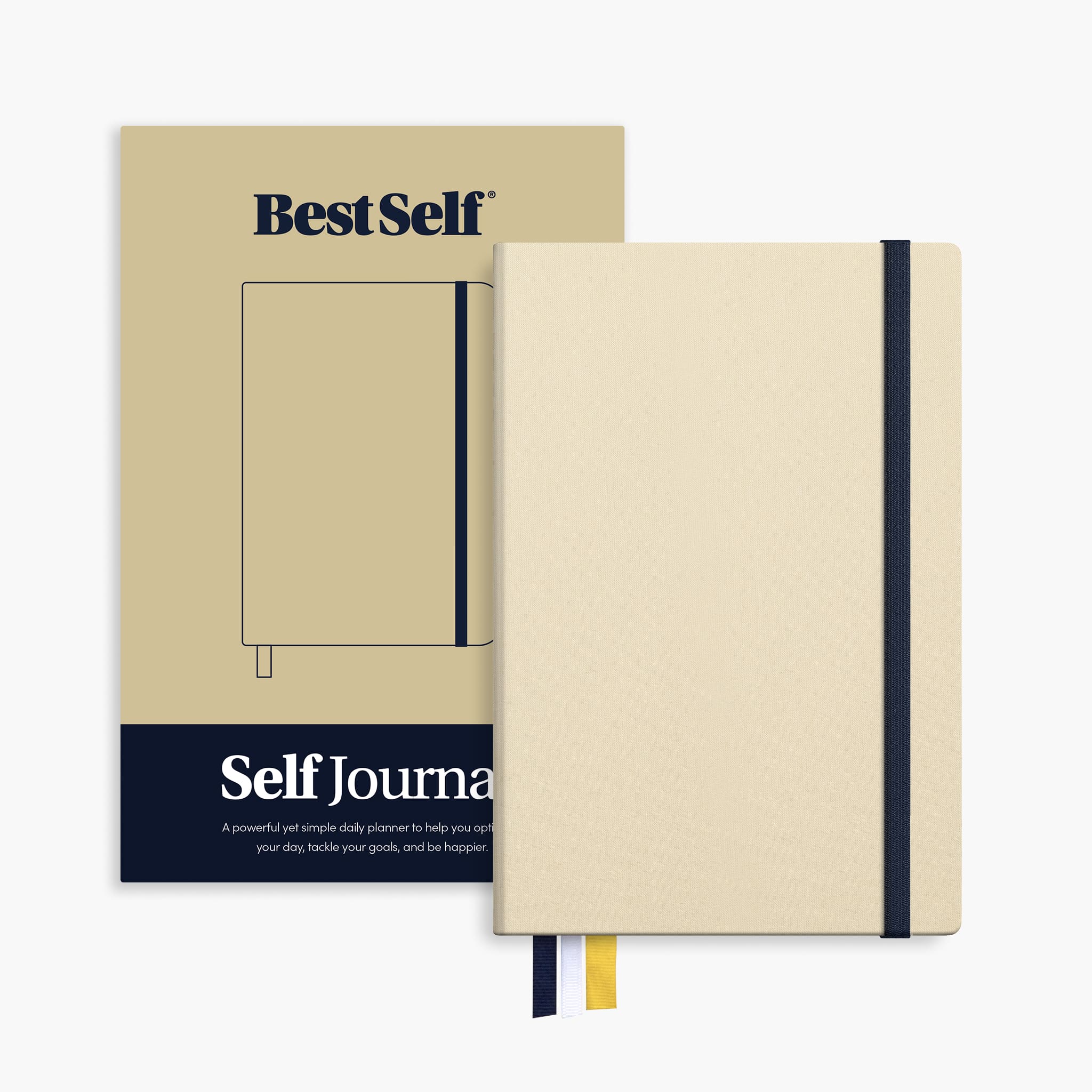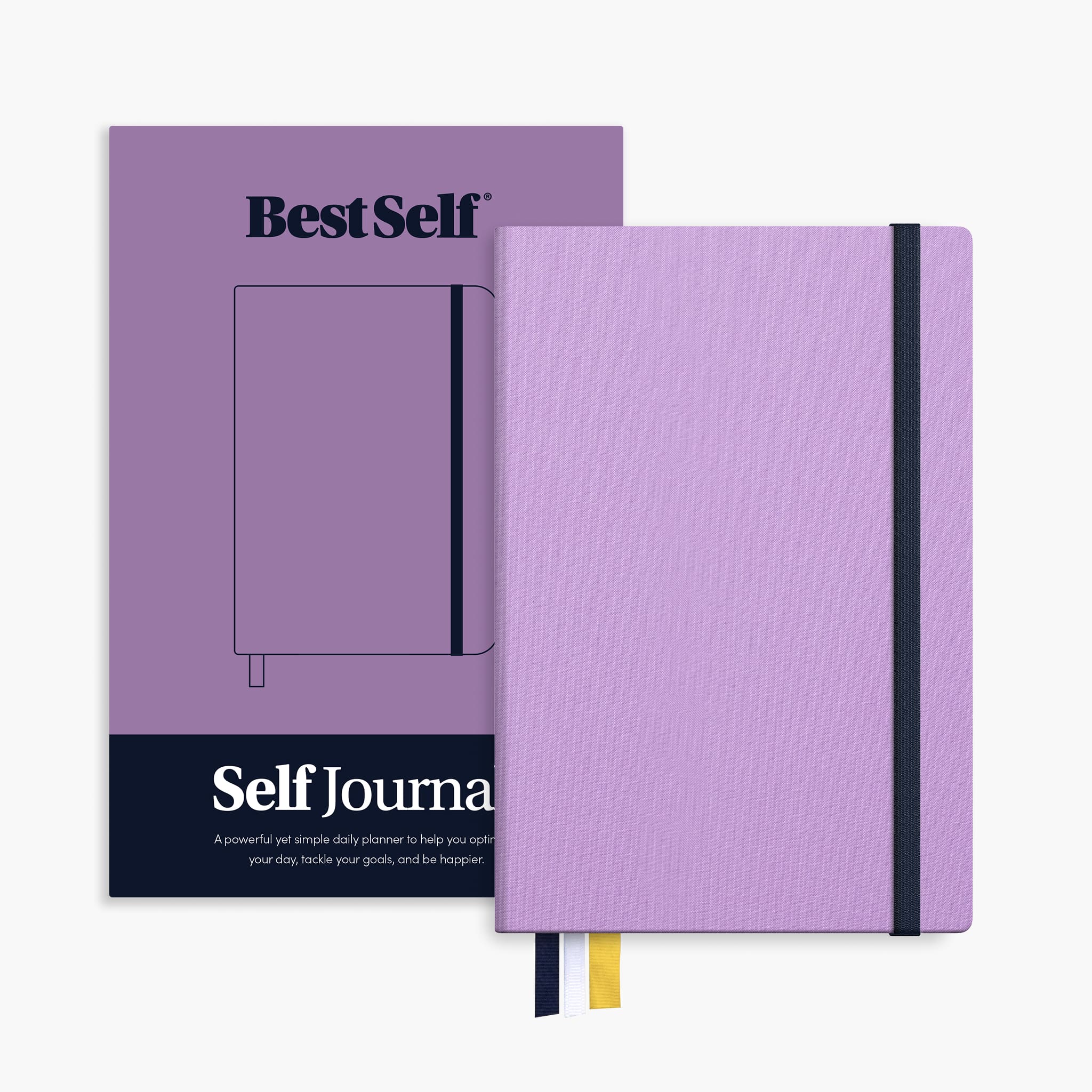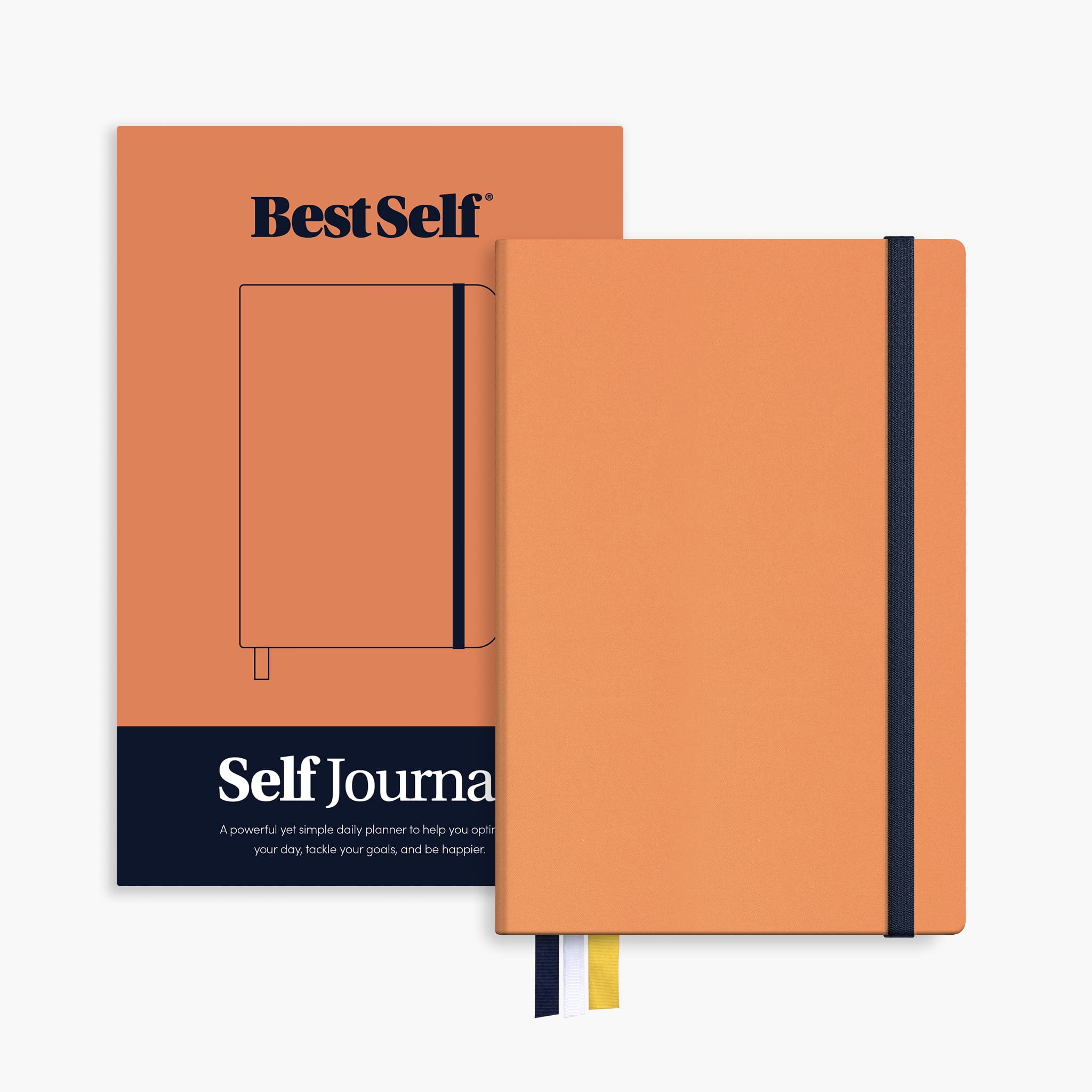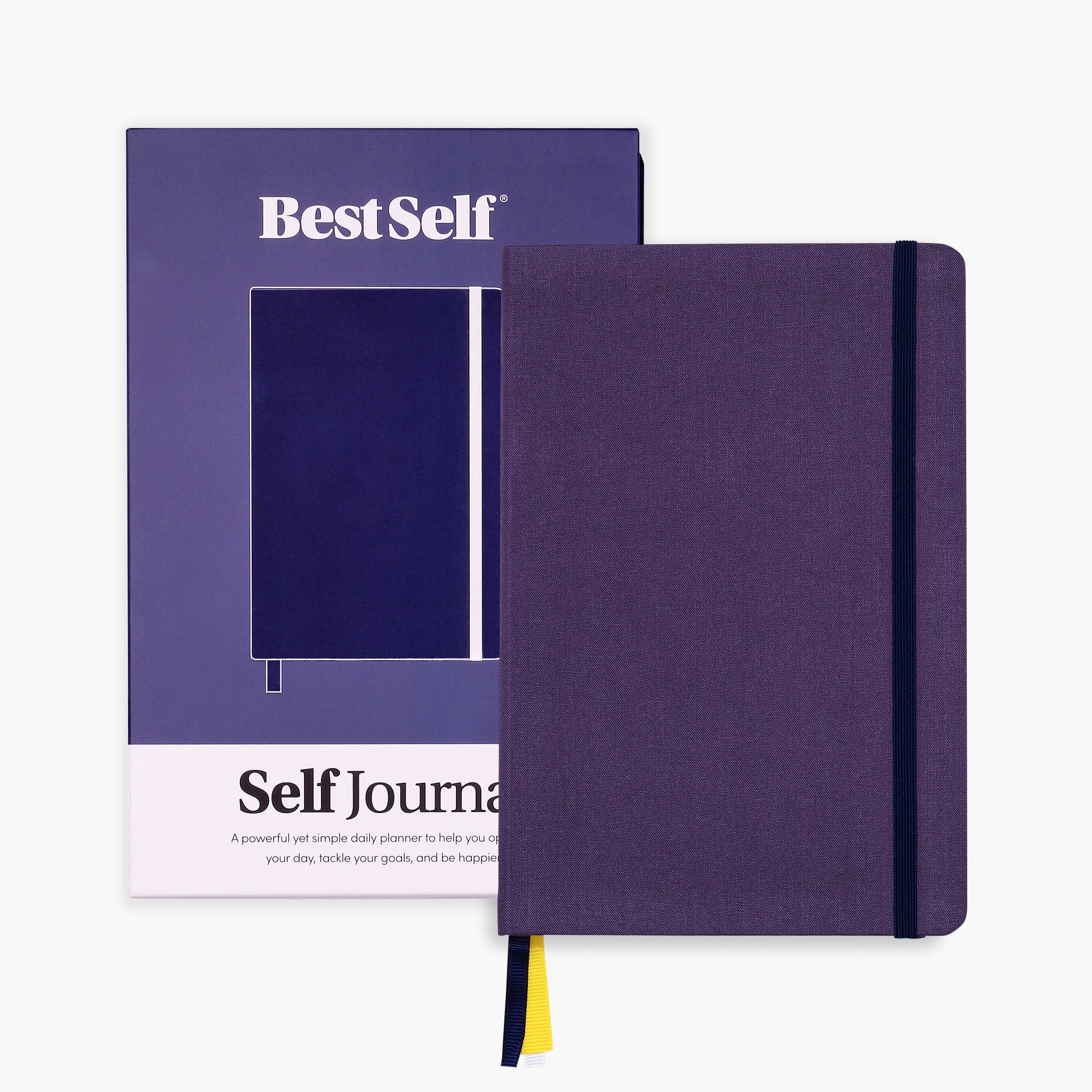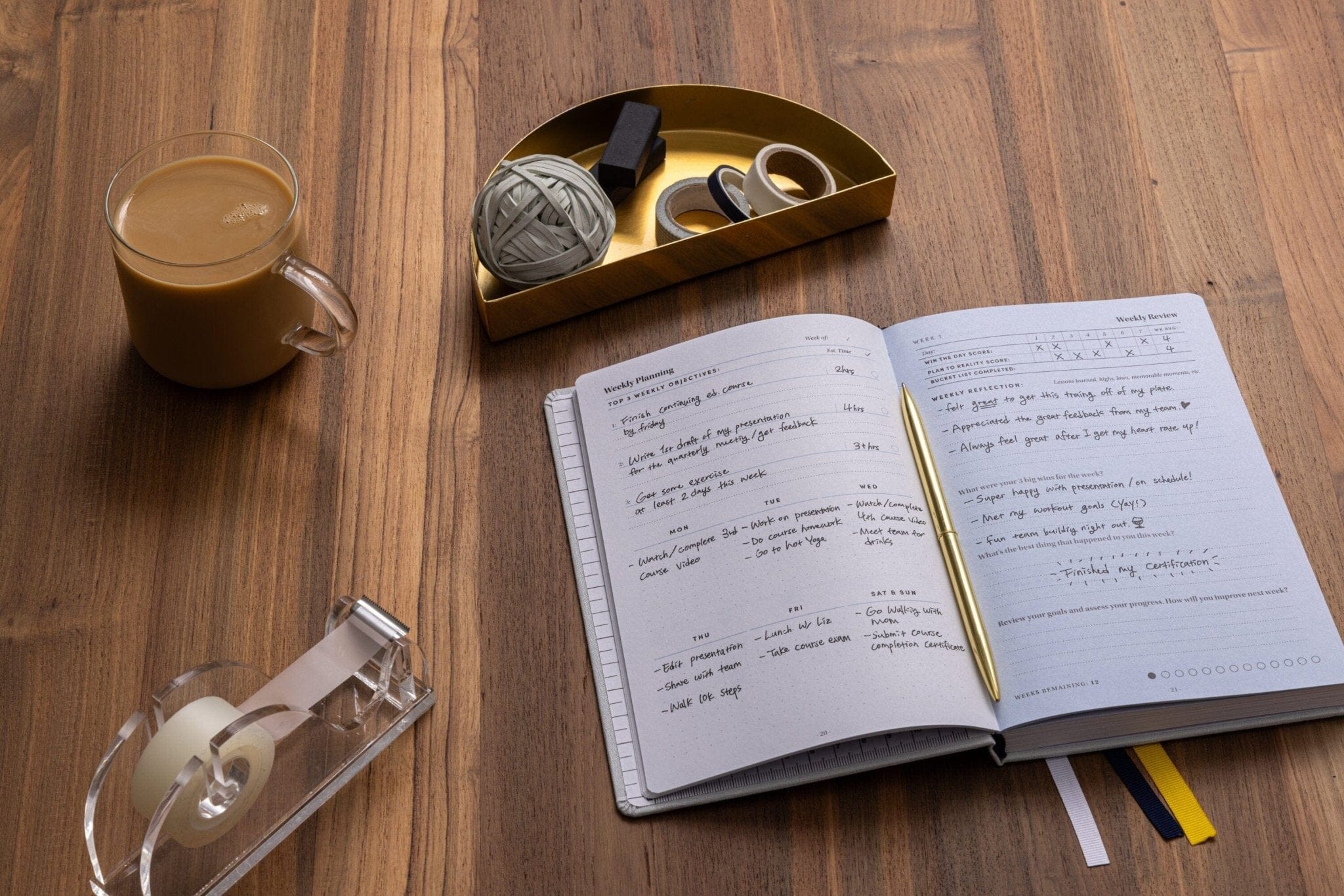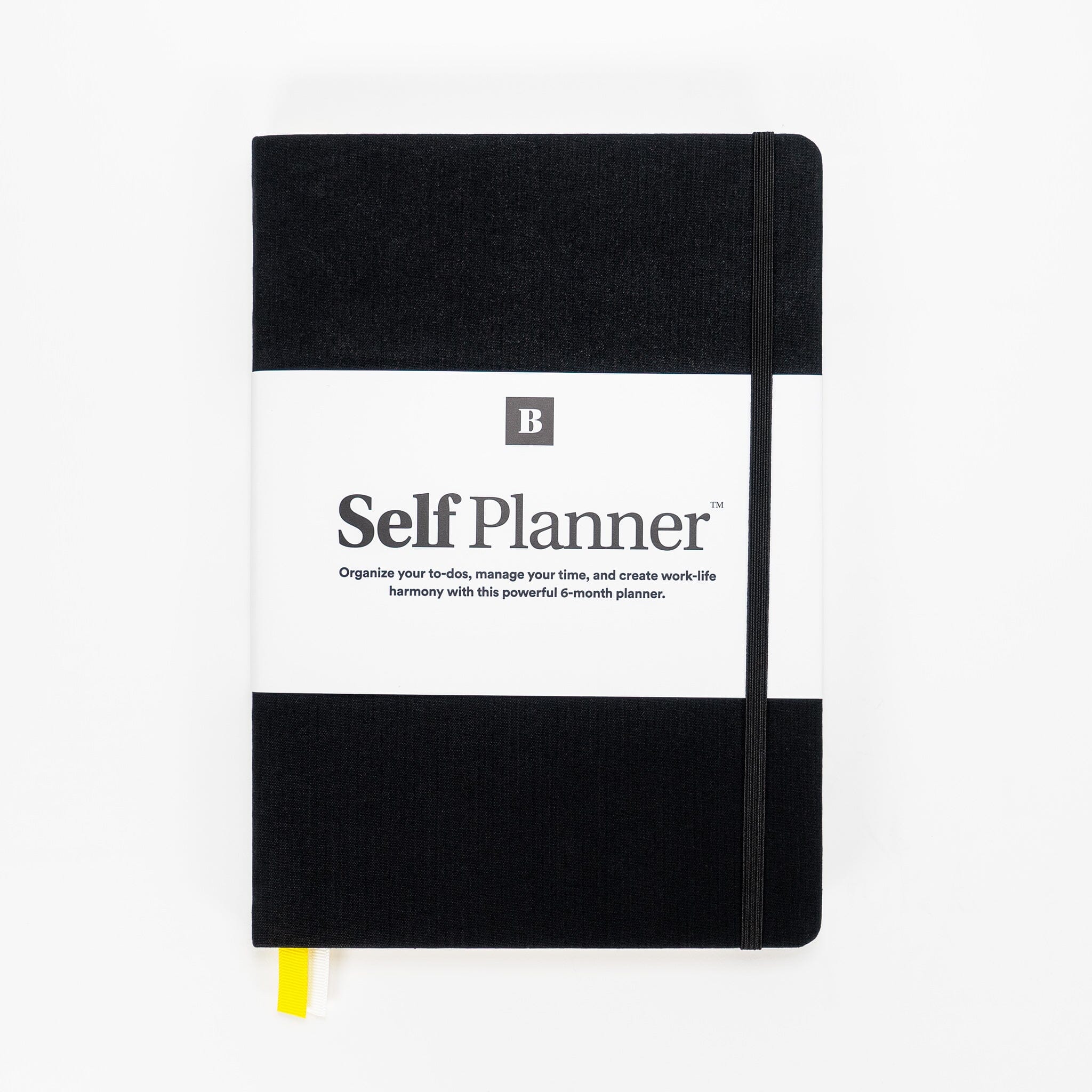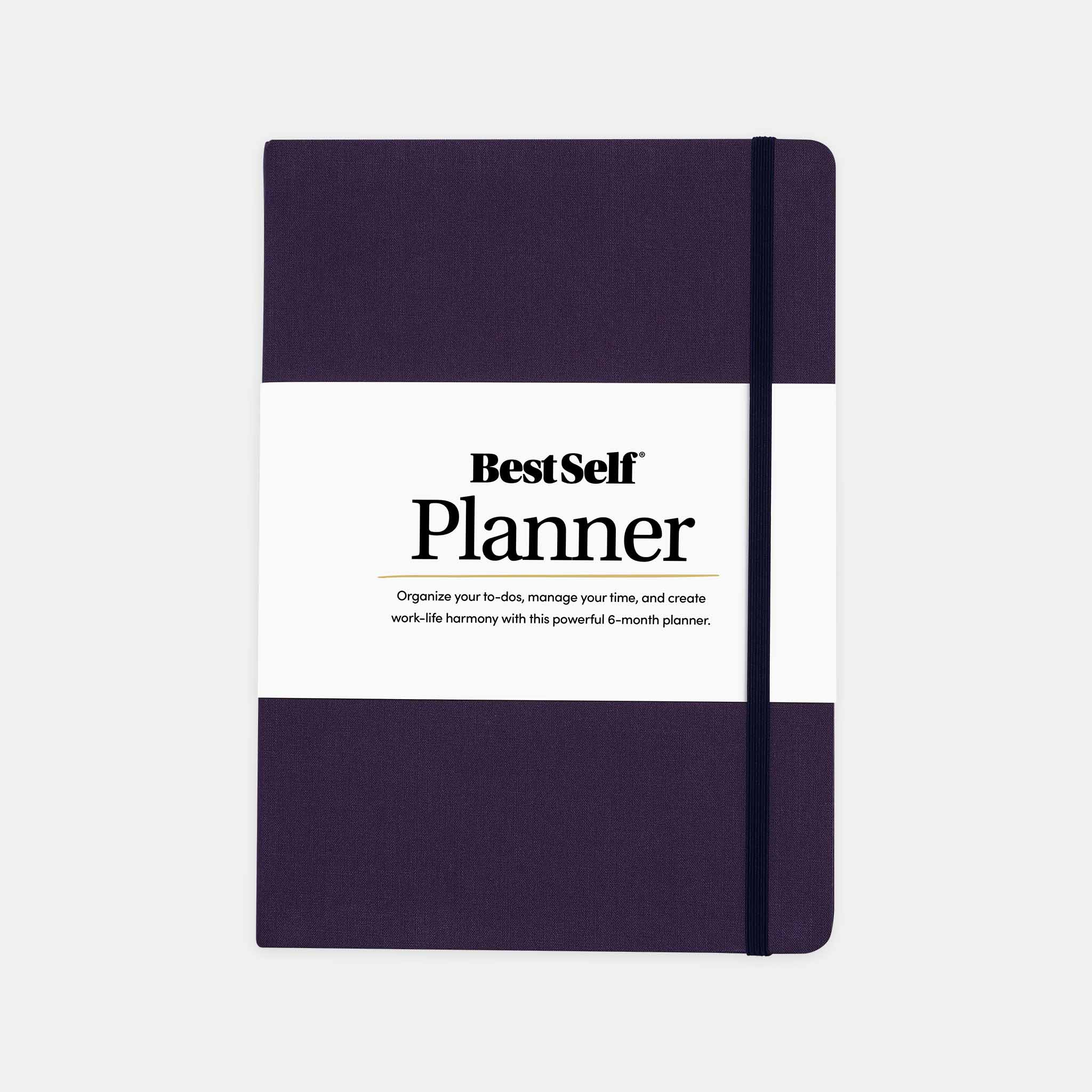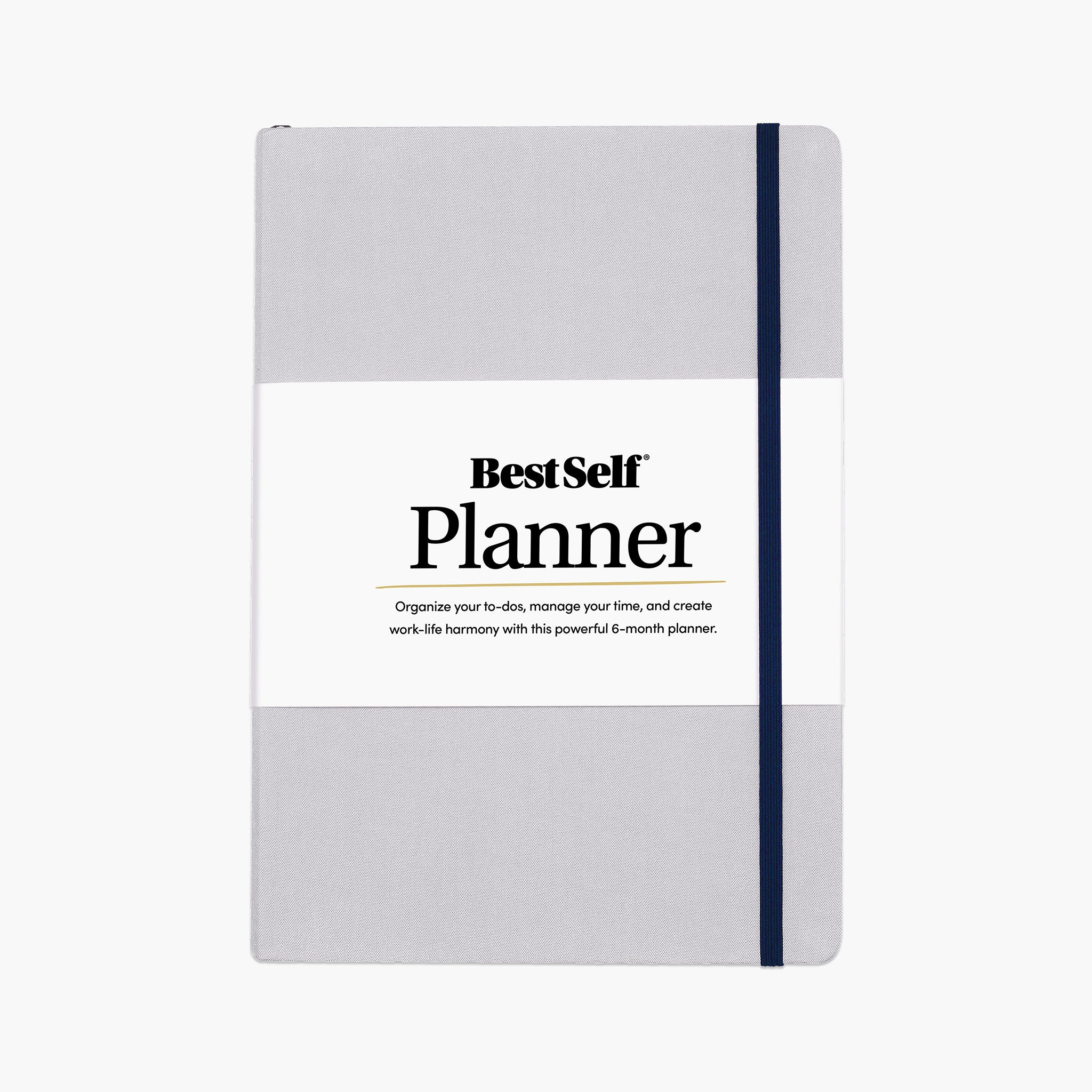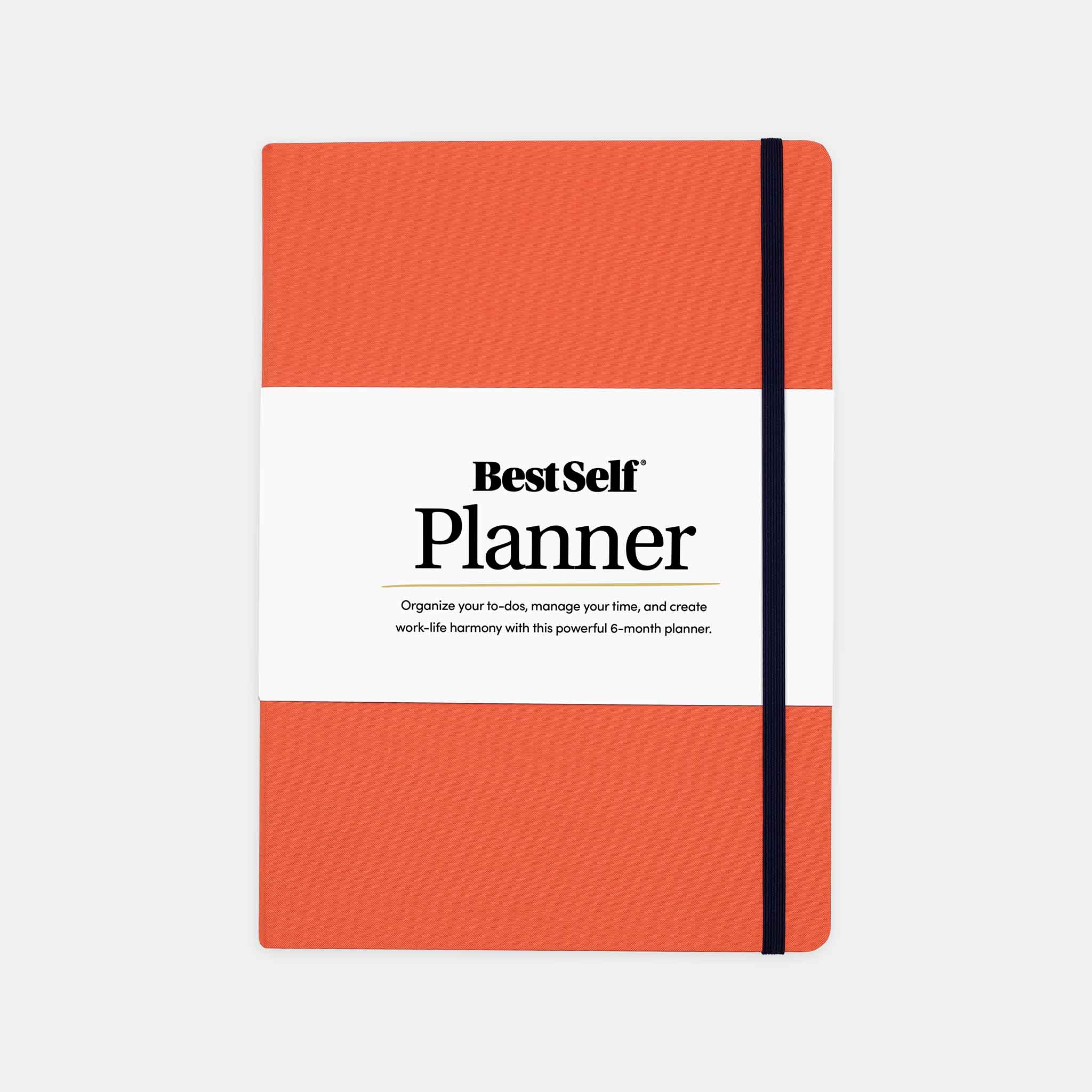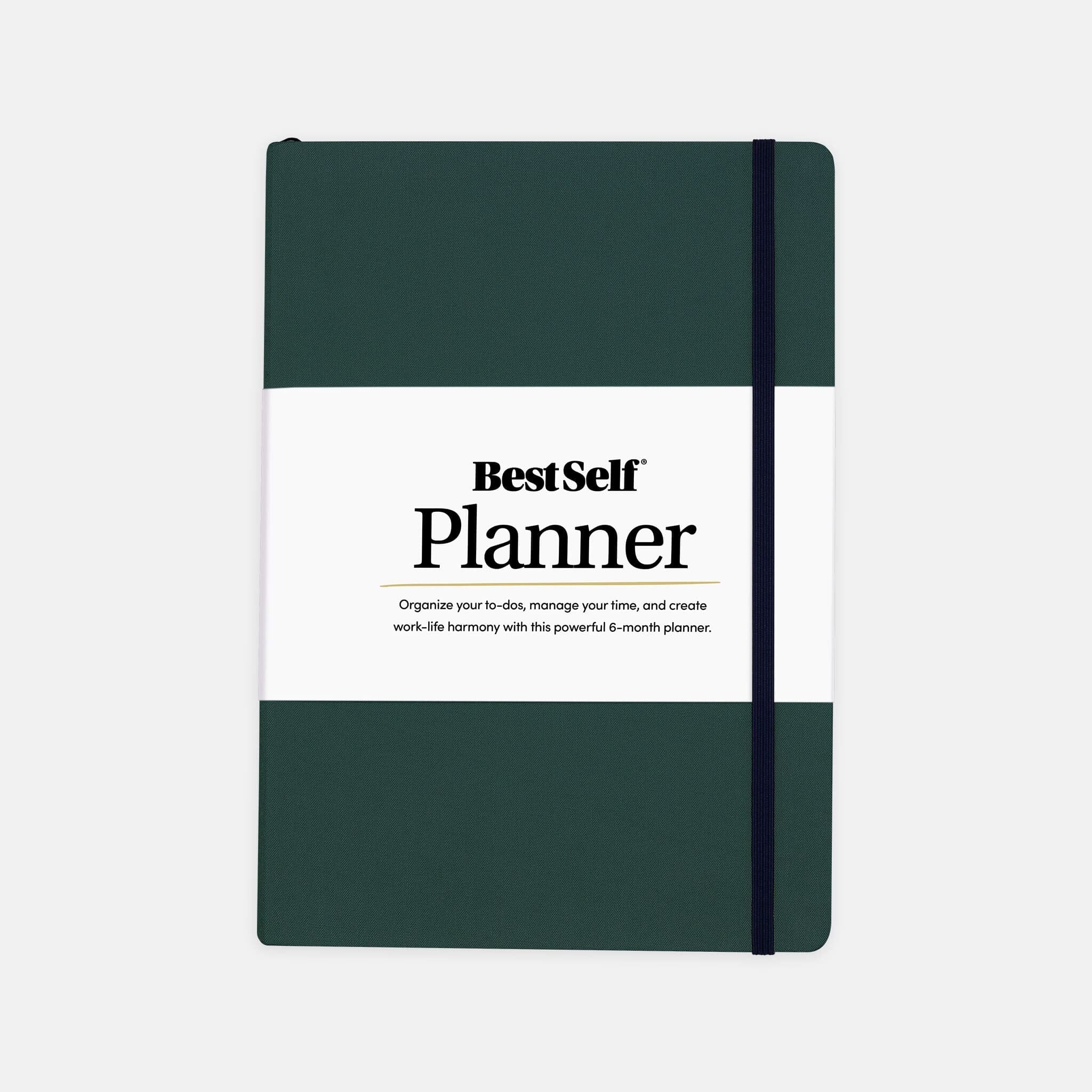The Productivity Hack Hiding in Your House (And Why My Family Had to Leave)
Daycare closed for summer last week. If you're a parent, you know that sentence hits like a ton of bricks. Suddenly I'm trying to run a company while entertaining a three-year-old who thinks conference calls are the perfect time to practice her dinosaur roars.
Then something magical happened: my family left for their pre-planned July 4th trip to stay with relatives. I'll join them later, but for now? They're giving me five days of freedom to work from home. Just me and the dogs.
And I'm not feeling guilty about how relieved I am.
Because here's what I learned from J.K. Rowling and every parent trying to get literally anything done: sometimes you need to completely change your environment to do your best work.
The Productivity Advice I'm Now Embarrassed About
Can we talk about pre-kid me for a second? I used to write productivity articles like "How to Find 3 Hours for Deep Work Every Day!" and "Morning Routines That Will Change Your Life!"
Cue hysterical laughter from every parent reading this.
Now, with a three-year-old and another baby arriving in six weeks, I realize past-Cathryn was basically giving financial advice while playing with Monopoly money. These days, my "morning routine" is whoever wakes up first wins, and "deep work" happens in the 37 seconds between "Mom, look at this!" interruptions.
The truth? The most productive people I know aren't the ones with color-coded calendars and 5am wake-ups. They're moms juggling seventeen mental lists while making lunch, answering emails, and explaining why we can't have ice cream for breakfast (again).
So when a childless productivity guru tells me to "just wake up earlier," I think: Sure, I'll tell that to my toddler who thinks 5:17am is party time.
Which brings me to a secret every overwhelmed parent (and non-parent) eventually discovers...
The Harry Potter Secret That Actually Matters
Even J.K. Rowling—literal billionaire—couldn't write with kids around. She checked into The Balmoral Hotel for six months to finish Harry Potter. Not because she needed luxury. Because she needed a space that meant one thing: writing happens here.
This isn't about having money for fancy hotels. It's about understanding that your environment shapes your mental state more than you realize.
My Writing Chair Discovery
Three months ago, I dragged a barely-used lounge chair down from our loft to my office. It was supposed to be temporary. Now? Every newsletter, every product design, every big idea happens in that chair with my laptop balanced on my knee.
I even added a tiny side table next to it last month. The coffee stains just migrated from the armrest to the table, but at least the chair looks professional.
My fancy standing desk is for emails and Slack. The chair is where real work happens.
I tried writing at my desk last week. Stared at a blank screen for 20 minutes before giving up. Moved to my chair, and 800 words poured out.
The Maker vs. Manager Truth (Now With Furniture)
A few weeks ago, I wrote about maker schedules versus manager schedules. Now I've taken it one step further: I have maker furniture and manager furniture.
Manager Mode (at the desk):
- Emails and Slack
- Putting out fires
- Reviewing work and giving feedback
- Meetings, calls, all the "keeping things moving" work
Maker Mode (in the chair):
- Writing this newsletter
- Designing new products
- Deep strategy work
- Creating anything that matters
The split isn't just mental anymore—it's physical. And it works because my brain stopped trying to do both at once.
The Science Behind Environment Switching
MIT researchers found that workers with multiple work environments were 23% more productive. They call it "context-dependent cognition." Your brain literally thinks differently in different spaces.
Since moving that chair down from the loft, I've shipped more in three months than I did all last year. These five days alone? I'm finalizing production files for three new products and building the digital ecosystem for Helm.
All from a chair that used to collect dust.
The Parent Productivity Reality Check
Here's what traditional productivity advice gets wrong about parents: we don't need more time management. We need environment management.
When you have 37 seconds between interruptions, you can't afford to spend 20 of them getting into the right headspace. You need spaces that instantly signal to your brain: "This is where X type of work happens."
The magic isn't in the furniture—it's in the consistency. When your brain knows that sitting in a specific spot means specific work, you skip the mental warm-up time.
Find Your Weird Productivity Spot
Your best work might not happen where you think it should. Time to experiment with a 20-minute test (pick ONE):
The Kitchen Counter Stand-Up: Work standing at your kitchen counter. Your brain thinks you're at a coffee shop.
The Porch Office: Take your laptop outside (weather permitting). Fresh air changes how you think.
The Car Sanctuary: Sit in your parked car. Seriously. It's quiet and nobody can find you.
The Floor Shift: Sit on the floor with your back against the couch. Instant perspective change.
Make it easier: Can't leave your current spot? Turn your chair 90 degrees. Your brain will think you're somewhere new.
The Context-Switching Breakthrough
Traditional advice says context-switching is bad. But what if the problem isn't switching contexts—it's switching without intention?
When I move from my desk to my chair, I'm not randomly jumping between tasks. I'm deliberately shifting from manager mode to maker mode. My brain knows exactly what's expected.
The key is making the physical change match the mental change you want.
🤔 Reflection Prompt
Where Do You Actually Think Best?
Where do you do your best thinking? (And why is it never where it's "supposed" to be?)
I'm betting it's not your actual office. Maybe it's:
- The shower (classic)
- Walking around the block
- Lying on the floor
- Sitting in your car
- Standing at the kitchen sink
There's a reason for that. These spaces don't have the mental baggage of "work." They're neutral territory where your brain can actually think.
Building Your Digital Environment Shift
Speaking of creating focus triggers, we're building Helm to be your digital environment shift. Just like my chair tells my brain "time to create," Helm creates that same mental boundary, even if you're stuck at the same desk.
Physical device + desktop app + mobile app = your portable deep work zone.
Want early access? Join the waitlist here.
The Overwhelmed Parent's Productivity Stack
Forget the complicated systems. Here's what actually works when you have kids:
1. One space for deep work (even if it's weird)
2. One space for admin work (different from #1)
3. Clear signals that tell your brain which mode you're in
4. Zero guilt about needing space to think
That's it. No color-coding required.
Here's to finding focus in the chaos, one weird productivity spot at a time.
Cheers,
Cathryn




